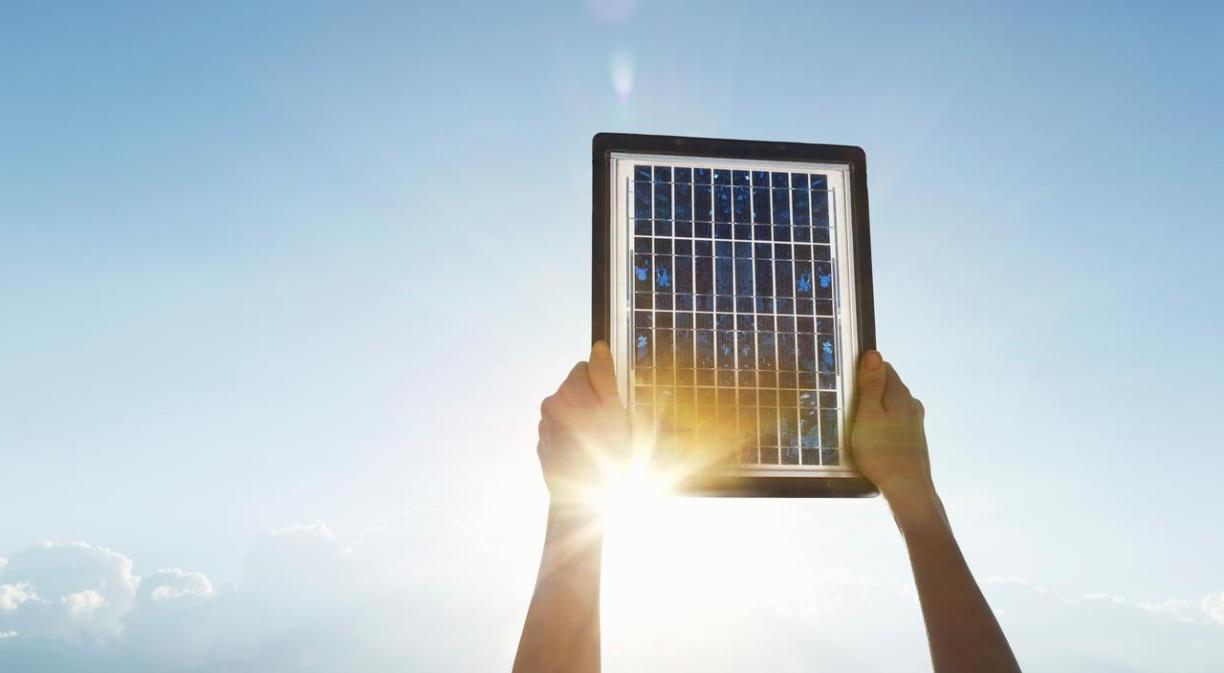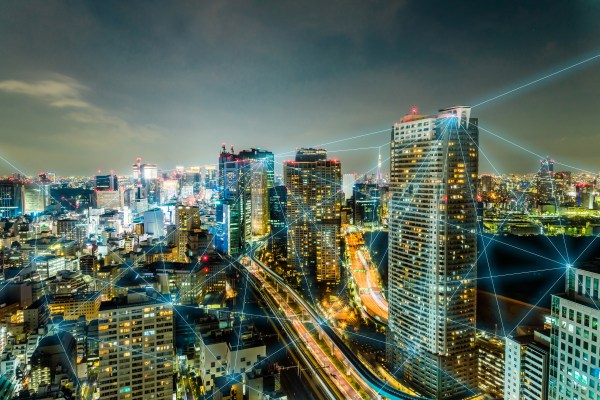In recent years, society has become increasingly aware of the importance of sustainable energy consumption. And what was once only an economic interest is now also an ecological and strategic concern. However, innovative tools such as the Internet of Things (IoT) are already part of the necessary change.
Saving energy with new technologies: the IoT
Digital transformation and hyperconnectivity require greater energy efforts as infrastructures must adapt to ever-increasing demand. But to ensure that this is not a problem, technologies have been developed such as 5G which is up to 90% more efficient than 4G, along with other tools to reduce consumption needs. Smart energy grids, for example, use sensors and IoT devices that can identify and prevent energy losses and optimise energy distribution to minimise waste.
The IoT digitally connects all kinds of machines and devices to each other, via the internet or through a private network. In this way, all these “connected things” can interact with one another, without human intervention, which was not previously the case. The aim is to create a controllable environment by creating spaces such as the Smart Factory, where energy consumption can be regulated for sustainability purposes.
Another area of application of IoT in energy saving is in Smart Cities or connected cities. At present, a number of Spanish cities have started to implement this digitalisation. Localities such as Alcoy have already installed sensors in their street lighting so that their street lamps light up when they detect a person passing by. However, these systems have long been installed in workplaces, schools or hospitals, where large numbers of citizens pass through every day.
In domestic spaces, IoT-enabled appliances can collect information about their energy consumption. Their connectivity allows for efficient use, always tailored to needs, as they provide users with consumption information at all times and their use can be programmed. These sensors provide real-time data, which can also be used to derive consumer trends through predictive analytics, i.e. as a source of information for the near future.
IoT applications in energy saving
Thanks to the digital transformation that is taking place in all sectors, connectivity can reach all kinds of objects: from clothing and footwear to industrial robots. Therefore, IoT applications are growing all the time, also to improve energy efficiency.
One of the best known sectors is home automation. Dwellings are connected to become smart homes. In the domestic sphere, digitalisation is used to control and optimise energy use in the home, for example, by automatically adjusting the temperature according to variables such as outdoor weather conditions, controlling lighting according to the time of day, or the use of household appliances, which can give a warning if there is uneven consumption.
If houses are connected, so are buildings. In addition to IoT-based systems that manage energy use in buildings such as lighting, air conditioning and heating with sensors that are also able to detect the presence of people in a space and adjust the management of the different energy consumptions of other common spaces such as escalators and lifts.
Energy savings in Industry 4.0
Industrial environments are becoming increasingly connectivity-intensive, and the Internet of Things is helping to control and optimise usage in these busy workspaces. With the consumption data collected by the different sensors, plans can be drawn up to control energy expenditure through what are known as management platforms that provide real-time information to make consumption adjustments when necessary, both for equipment and machines as well as the rest of the installations, adjusting operation according to production needs.
In the industrial environment, it not only reduces bills and helps to control costs, but also provides comprehensive information on costs in this area, in a bounded and predictable way, and helps to reduce predictive maintenance costs.
In addition to Industry 4.0, the use of IoT tools in energy saving in transport, a sector that combines a large number of activities, is already very common, according to data from IDEA, the Institute for Energy Diversification and Saving, the sector that consumes the most energy in Spain, accounting for 40% of the national total. Connected vehicles now make it possible to plan the most efficient routes and reduce fuel consumption. In addition, vehicle sensors can detect any energy efficiency problems by monitoring engine performance.
There are more and more IoT applications in energy saving, and the role of this technology is increasingly important not only in terms of optimising the use of natural resources, but also in controlling costs and designing environmental policies that help fight climate change.










